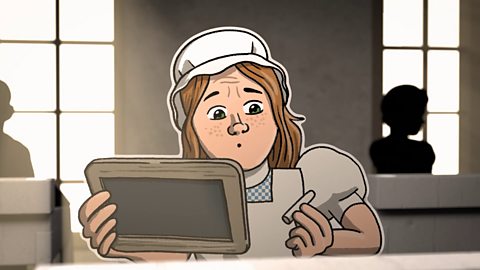Victoria was Queen of the United Kingdom for 68 years from 1837 to 1901. Scotland and the lives of Scottish people changed in many different ways during this time.
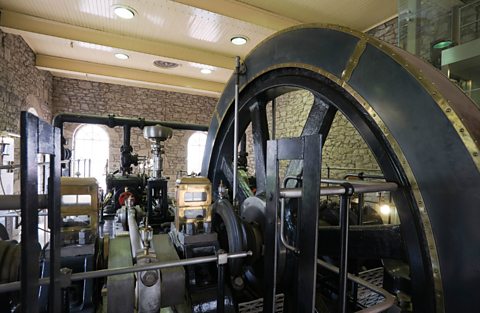
From the countryside to the city
The Industrial Revolution led to factories and mills being built and new industries growing in Scotland.
Cotton and jute mills, iron and steelworks, shipyards and locomotive factories all needed many workers. So did the coal mines that these industries relied on for fuel.
Before the Industrial Revolution, Scotland's population was spread out across the country. The cities were much smaller than they are today. Many people lived in towns and villages and most supported themselves by farming.
Farming life was hard so many people moved to the towns and cities looking for better paid jobs and a better life. As a result, Scottish cities like Dundee, Edinburgh and Glasgow suddenly grew much bigger. Scotland went from a rural to an urban country.

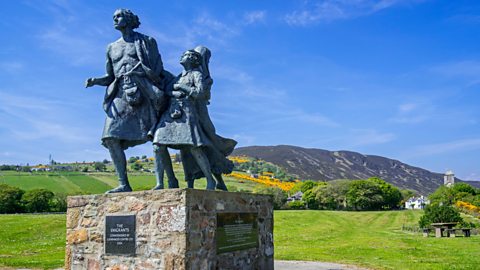
The Clearances
People didn't all move away from the Scottish countryside through choice. Many people in the Highlands and Islands were forced to leave the countryside by the Highland Clearances.
The Clearances is the name given to a time when crofters and farmers were evicted from the land. This happened because landowners could make more money from sheep farming than they could by renting it to crofters.
Later on, many more crofters moved away because of famine or because they could not make money to support themselves from the overcrowded land they had left, or from selling kelp.
Many emigrated from Scotland to start new lives in places like Canada and Australia. Others stayed in Scotland, moving to the coast to take up fishing or moving to the cities,
Meanwhile, many more people immigrated to Scotland, particularly from Ireland, Italy and Eastern Europe to escape poverty and find jobs.

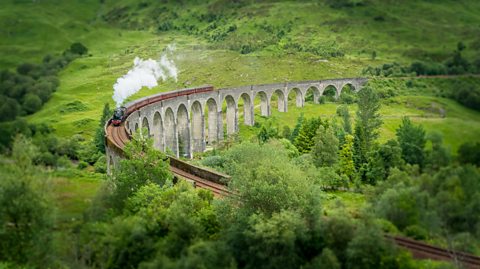
The freedom to travel
Before the invention of steam trains people travelled by horse, cart or on foot. Goods were transported by horse and cart, by canal or by sea. Travel was slow and difficult.
By the 1850s, Scotland's major cities were connected by the railway. This made it quicker and easier to supply fresh food to the cities, to deliver coal and other raw materials to factories, and to transport goods made in factories to be sold.
The railways made travel easier for people. They could move to find work, to take holidays or even to follow their football team to away games. meaning that people could now travel around Scotland much more easily than before.

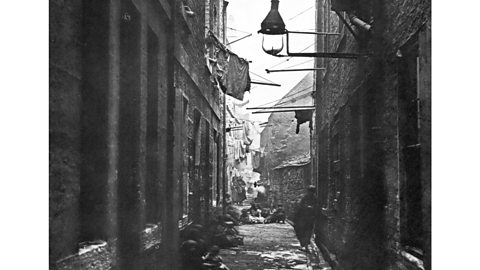
Improving life
People moving to cities often didn't find the better life they were looking for.
New industries made some people richer so that they could afford big houses with servants but millions of poor men, women and children were stuck working long hours in difficult and dangerous conditions for little pay. Many lived in slum housing that was damp, dirty and full of disease.
Over time some of these problems were improved. Health and safety rules at work were introduced. People like Robert Owen introduced better working conditions. Children were banned from working and went to school instead. Better sanitation, cleaner water and improvements in medicine helped get rid of disease and people began to live longer.
In 1837, at the start of the Victorian era, an average person in the UK was expected to die before they were 40. By 1901, life expectancy had gone up to 48.


Scottish inventions and breakthroughs in the Victorian era

Image caption, Alexander Bain helped keep us all on time by patenting the electric clock in 1841.
1 of 4
More on Victorians
Find out more by working through a topic
- count13 of 19

- count14 of 19
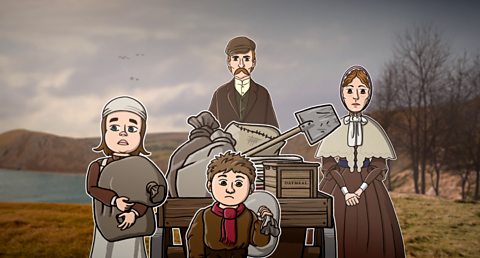
- count15 of 19
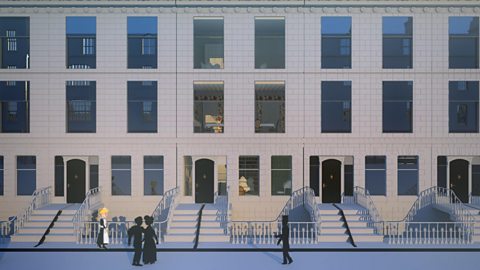
- count16 of 19
